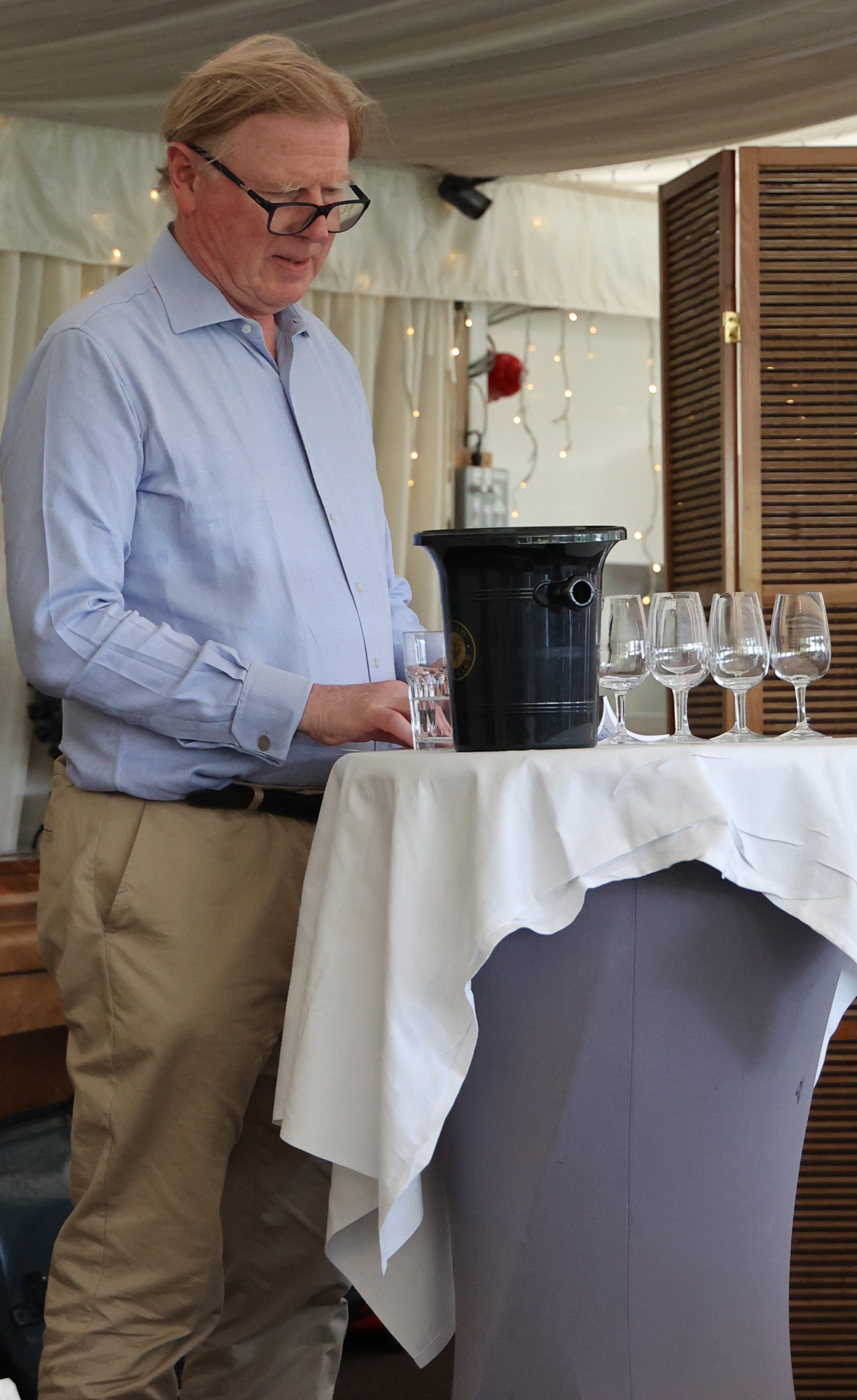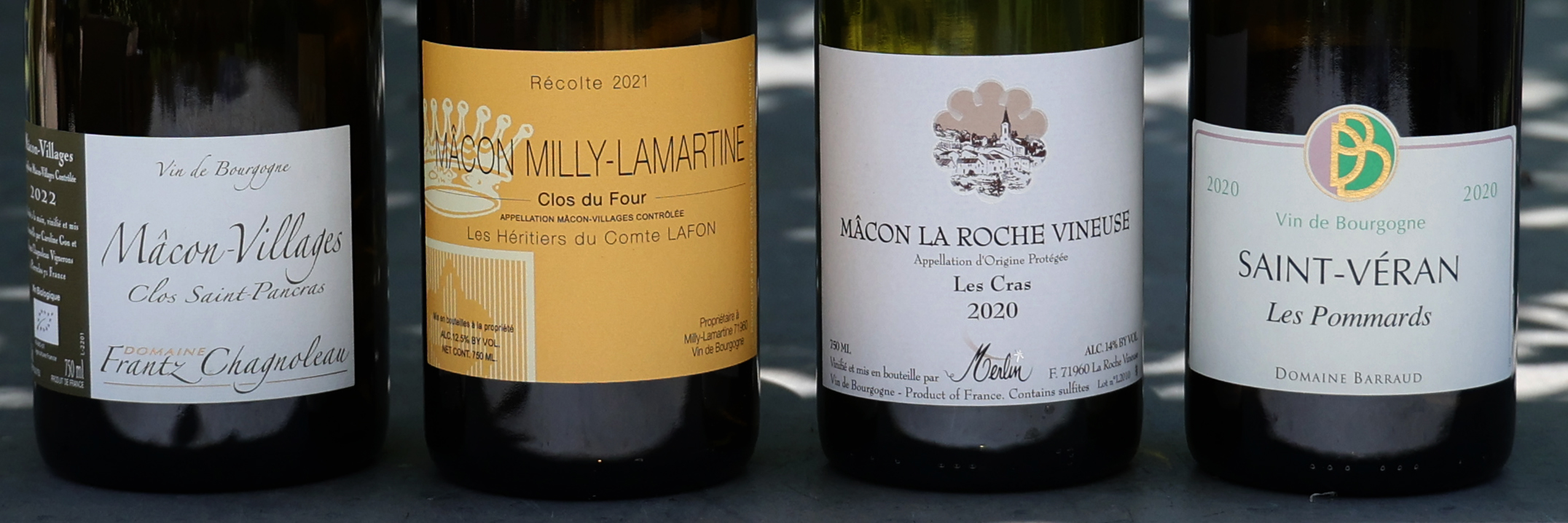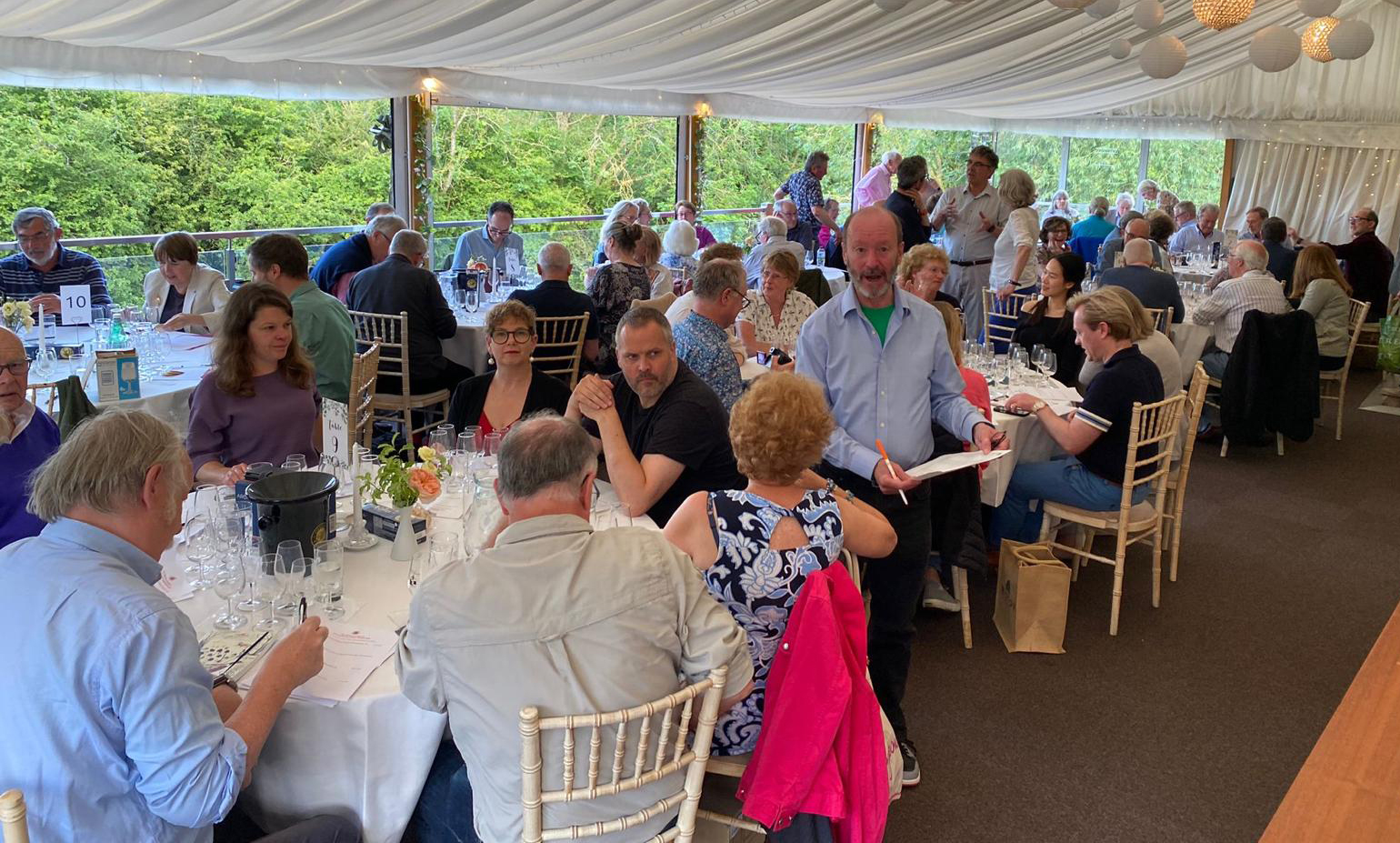 Sadness, a heavy dose of intellectual engagement and some hilarity all featured at this tasting. Sadness, due to the announcement of the death the day before of the Club’s long- standing Secretary and eminence grise Charles Garrett, to whom we all raised a glass. Hilarity, due to the barbecue smoke that wafted into the room and somewhat interfered with our tasting abilities. And definitely a hefty dose of intellectual engagement due to the extremely informative tasting led by Club Honorary Vice-President Jasper Morris MW. What follows is not a verbatim transcript of Jasper’s presentation, but an attempt to capture some of its colour and flavour.
Sadness, a heavy dose of intellectual engagement and some hilarity all featured at this tasting. Sadness, due to the announcement of the death the day before of the Club’s long- standing Secretary and eminence grise Charles Garrett, to whom we all raised a glass. Hilarity, due to the barbecue smoke that wafted into the room and somewhat interfered with our tasting abilities. And definitely a hefty dose of intellectual engagement due to the extremely informative tasting led by Club Honorary Vice-President Jasper Morris MW. What follows is not a verbatim transcript of Jasper’s presentation, but an attempt to capture some of its colour and flavour.
Setting the scene, Jasper referred to the way in which prices for the ‘humble’ wines of the Mâconnais have increased in recent years, with supermarket Mâcon-Villages prices now in the £13-15 range. There are 27 villages that can append their name to that of Mâcon, with the best-known being Lugny, now that Viré has become part of Viré-Clesse. Most of the wines of the Mâcon are made for early consumption and are vinified in stainless steel.
Mâcon is a district of Burgundy and is located to the south of the Côte d’Or and to the north of Beaujolais. Two detailed maps were used during the presentation to assist with orientation and understanding of the terroir and microclimates. The area of Mâcon production is on mainly east-facing limestone hills, although there is considerable variation in conditions throughout the growing area. White wines are almost entirely produced from the Chardonnay grape. Chardonnay is particularly successful on limestone soils. The predominant vine-training system used in the area is Lyre, which minimises losses from frost.
Jasper remarked on the differences between wines made from grapes that have been crushed before pressing, a process that is currently unpopular. He believes the process of crushing gives a different texture to the resulting wines, giving improved flavour, colour and some degree of preservation.
All of the following wines were tasted in pairs, with the exception of Wine 9.
Wine 1 Mâcon-Villages Clos St Pancras, Domaine Frantz Chagnoleau 2022, 13% £22.25 (Lea & Sandeman)
From 3.55 hectares of east-facing vines and clay-limestone soil. Matured in large foudres for nine months with SO2 added after malolactic fermentation and before bottling. Indigenous yeasts are used. The vineyards have been certified organic since 2013. Hand harvesting. Frantz’ wife Caroline Gon was the former winemaker with Héritiers du Comte Lafon.
2022 is considered a good vintage with no extremes of heat or frosts. The Mâcon wines of 2022 in general have enough sugar, good fruit flavours and good balancing acidity.
Wine 2 Mâcon-Milly-Lamartine Clos du Four, Les Héritiers du Comte Lafon 2021 12.5% £32 (Berry Bros & Rudd)
From a stony single vineyard at high altitude (for the area) which produces low yields. The vineyard is in a natural amphitheatre that traps the heat. The estate was established in 1999 when the Lafon family of Meursault purchased a small estate in Milly-Martine. Biodynamic. Large oak foudres and demi-muids (600 litre capacity oak barrels) are used during vinification. 2021 was a ‘tricky’ year, with late frosts. On the palate there was a marked minerality which Jasper described as being ‘more attractive than acidity’.
Jasper remarked on the move away from traditional corks and foils towards longer composite corks and wax closures on sustainability grounds. In general the French market is not receptive to screw caps. There is also a move away from the use of heavy bottles although this is slowed since some producers have invested in their own bottle moulds.
Of the first two wines about 2/3 of those present favoured the second wine.
Wine 3 Mâcon La Roche Vineuse Les Cras, Olivier Merlin, 2020 14% £33.50 (Berry Bros & Rudd)
Made with grapes from old vines planted c 1982 on a steep south-facing slope with high limestone content soil. The estate was created in 2012 by Dominique Lafon and Olivier Merlin. Merlin’s two sons are now taking over. Whole bunch pressing, 18 months ageing in oak barrels of which around 30% are new. 2020 is the richest of the three vintages tasted thus far, due to the hotter weather. Jasper considers the vintage will age well. This is a wine that he buys for his own cellar. Creamy on the palate, slightly spicy. The deepest in colour of the wines tasted thus far.
Olivier Merlin’s Mâcon La Roche Vineuse Vielles Vignes 1995 was one of the wines tasted at the Wine Club’s first ever wine tasting, which was of white Burgundies, also conducted by Jasper, in May 1997.
St-Véran is an appellation created in 1971. The area is just to the north of Beaujolais and much of the wine produced in the area was previously sold as Beaujolais Blanc. The wines are generally considered to have more body and ageing ability than typical Mâcon-Villages.
Wine 4 St-Véran Les Pommards, Domaine Daniel Barraud, 2020, 13.5% £26.25 (Lea & Sandeman)
This wine is made from c40 year old vines planted above an old quarry, north-east facing and with a rocky, high limestone content soil. The wine spends 12 months in a mix of barrels and demi-muids. No new oak is used. The wine spends a further two months in tanks after racking. The wines are now being made by Daniel’s son Julian. On the palate, rich ripe fruits, long. Capable of ageing.
Of the above two wines, about 2/3 of those present favoured Wine 4.
Pouilly-Fuissé is an enclave within St-Véran. This is an appellation that is thought to command the highest prices for a Mâcon wine. The area experienced some frosts in 2021 and the wine was therefore considered harder to make. 22 Premier Cru vineyards were designated in Pouilly-Fuissé in 2020. Key criteria for premier cru status are soil type, altitude, vineyard aspect and inclination (slope).

Wine 5 Pouilly-Fuissé En Buland, Domaine Barraud, 2021 13.5% £42.75 (Lea & Sandeman)
Made by the same producer as Wine 4. Barraud is considered to be one of the best producers of Pouilly-Fuissé. En Buland is the name of the vineyard, which is north-east facing and in a sun trap, planted with c 65 year old vines near Soultré. On the palate, full-bodied and ripe. Potentially capable of ageing.
Wine 6 Pouilly-Fuissé Vers Pouilly, Château de Beauregard, 2019 13.5% £27 (Wine Society)
From another highly-regarded producer. From a vineyard just on the Fuissé side of the border between the two communes. The vineyard has a particular type of clay soil called marnes that is thought to impart power and freshness to the wines. Made by Maison Joseph Burrier. In charge is Frédéric Burrier, who previously spent many years working at Jadot. On the palate, buttery oak and vanilla, some salinity, not cloying.
Of the above two wines, about 2/3 of those present preferred Wine 5, although Jasper had a preference for Wine 6.
Pouilly-Vinzelles is a small appellation of about 61 hectares around the village of Vinzelles. Most of the vineyards are on a steep east-facing slope overlooking the valley of the River Saône. It is expected that Pouilly-Vinzelles may have some vineyards classified as 1er Cru in 2025 – and the appellation rules may also then allow some admixture of cépages accessoires in small proportions, such as Aligoté and Sacy.
Wine 7 Pouilly-Vinzelles, Les Quarts, Domaine de la Soufrendière Cuvée Zen 2020, 13.5% £43 (Berry Bros & Rudd)
Les Quarts is considered to be the best vineyard in the Pouilly-Vinzelles appellation and Demaine de la Soufrandière the best producer. Les Quarts Cuvée Zen is from a plot of around 2 hectares and vines that are between 48 and 80 years old. Located on a hillside with a south-eastern exposure and clay-limestone soil. The wines are usually vinified without sulphur, the only addition being a small quantity during bottling to stabilise the wines. Microscopic analysis is done in order to select only the most beneficial yeasts. Made by the Bret brothers. Some fresh green apples and candied peel on the nose and palate with some floral notes.
Wine 8 Pouilly-Fuissé , Clos des Quarts, Château des Quarts 2017, 13%, £44.20 (BBX marketplace)
Château des Quarts is a joint venture between Dominique Lafon and Olivier Merlin. The vineyard is surrounded by a high stone wall. The oldest vines in the Clos des Quarts were planted in 1917 so this is a 100 year expression of the wines. The vineyard has Premier Cru status, from the 2020 vintage onwards. Honied and tropical fruits on the nose and palate. Long complex finish with some minerality.
Of the above two wines, 2/3 of those present preferred Wine 8.
Viré-Clessé is a white wine appellation created in 1998 and based around the two villages of Viré and Clessé. Most wines in the appellation are vinified dry. The wines are generally full-bodied.
Wine 9 Viré-Clessé, Domaine de la Bon Gran, Cuvée E J Thévenet, 2017, 14.5%, approx £40
Originally excluded from the appellation because of their residual sugar, the wines of EJ Thévenet are however now included in the appellation. Made by father and son Jean and Gautier Thévenet although the father has now retired. Clay and limestone soil and located on a slightly raised ‘platform’ from the land around the vineyard. There can be fog and some botrytis as a result. Possible Sélection de Grains Nobles. Low yielding vines and long lees ageing. Considered to be a wine with great longevity. On the nose and palate honied, complex, with some stone fruits notes.
Voting for their favourite wines of the evening, those present preferred Wines 5 and 8 almost equally, with Wines 9 and 4 in joint third position.
HRE 20.6.24
Venue: Cherwell Boathouse Marquee
